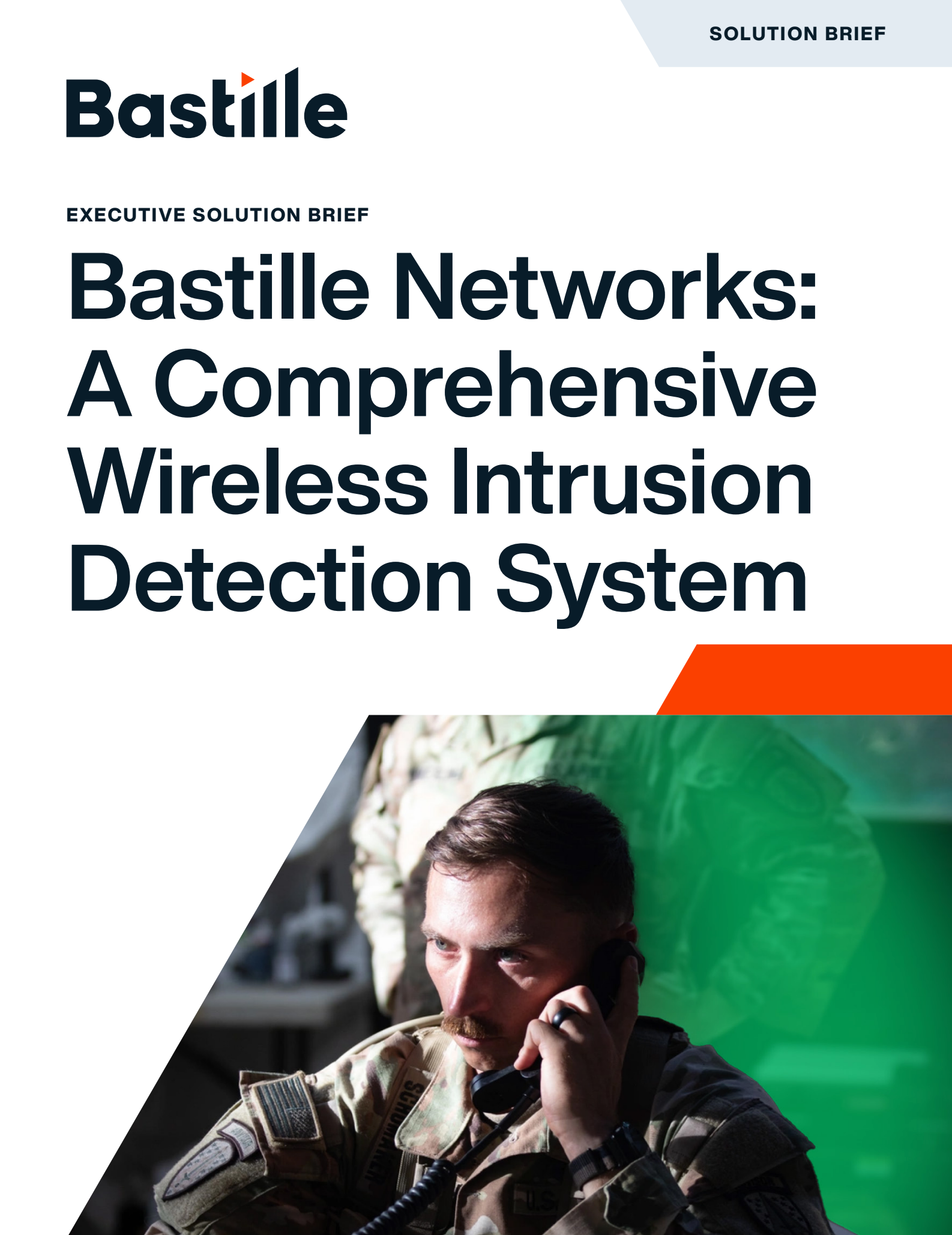
Chinese Intelligence Deploys Sophisticated Environmental Surveillance Across Westminster
In a troubling escalation of foreign intelligence activity, Chinese operatives have reportedly planted surveillance devices throughout central London’s government district, including in park benches, bushes, and even inside Whitehall buildings, according to security sources.
Authorities have issued warnings to senior officials in Westminster to avoid known “hotspots” in the SW1 area where there is suspected high concentration of Chinese intelligence gathering. These hotspots include not only government buildings but also pubs, luxury hotels, and public parks frequented by officials.
“We have been told the Chinese literally have the park bugged, with devices in the bushes and under park benches,” a source told the Mail on Sunday.
St James’s Park, which is situated adjacent to critical government departments, including the Foreign Office, Treasury, and Downing Street, appears to be a focal point for these surveillance operations. The park’s popularity among civil servants and researchers taking lunch breaks makes it an ideal location for intelligence gathering.
The historic Red Lion pub, a longtime gathering place for Members of Parliament, has also been identified as a high-risk area. “It’s full of Chinese agents,” according to one source familiar with the situation.
Luxury accommodations near Westminster haven’t escaped the surveillance net either. Five-star hotels, including the Corinthia by Trafalgar Square and the new Raffles on Whitehall, are considered potential surveillance hotspots.
Targeting the “Soft Underbelly” of Parliament
Beijing’s espionage efforts appear to be casting a wide net, targeting not only senior government officials but also junior staff working in and around Parliament.
“Commons researchers are regarded by the Chinese, and other spies including the Russians and Iranians, as the soft underbelly of Whitehall,” one source explained.
Parliament faces daily cyber attacks from hostile states, with MPs who have been critical of China reporting frequent hacking attempts. Security briefings are now routinely provided to parliamentarians to help them manage these persistent threats.
Military Healthcare Targeted by Wireless Surveillance
Perhaps most concerning is the expansion of Chinese cyber-espionage beyond Westminster into the UK’s military health sector. Doctors treating British service personnel have received alarming guidance: avoid bringing mobile phones into consultations and rely instead on paper records, as Chinese hackers are attempting to access sensitive patient data through wireless device exploitation.
One GP with military patients, speaking anonymously, expressed apparent concern: “I have a real problem with the Chinese trying to get my communications.”
A senior security source emphasized the gravity of the situation: “We need to wake the world up to just how serious the situation is. We’ve got too many people looking to make ties with China. They need a wake-up call.”
Why Wireless Airspace Defense is Now Mission Critical
The reported directive for military doctors to refrain from bringing mobile phones into consultations with service personnel is particularly noteworthy. This guidance acknowledges what security experts have long understood: wireless devices create an invisible attack surface that extends far beyond an organization’s physical and network perimeters.
Consider that each mobile phone, Bluetooth device, or wireless peripheral represents a potential listening post that malicious actors can compromise to:
- Record sensitive conversations even when not actively being used
- Exfiltrate data across cellular networks, bypassing traditional network monitoring
- Create an unauthorized bridge between secure environments and outside networks
- Act as a location beacon to track personnel movements
Organizations need comprehensive wireless airspace defense that continuously monitors for unauthorized devices, suspicious connection patterns, and potential eavesdropping equipment. By implementing passive sensor arrays throughout facilities, security teams can detect wireless surveillance devices, such as those reportedly placed in park benches and bushes, as well as identify compromised or rogue wireless devices that may be present within secure areas.
As threats evolve from traditional espionage to sophisticated wireless attacks, security postures must adapt accordingly. The incidents in Westminster serve as a stark reminder that in today’s world, what you can’t see can indeed hurt you. This unseen danger is why visibility into all wireless activity is no longer optional, but essential for both national security and enterprise protection.




